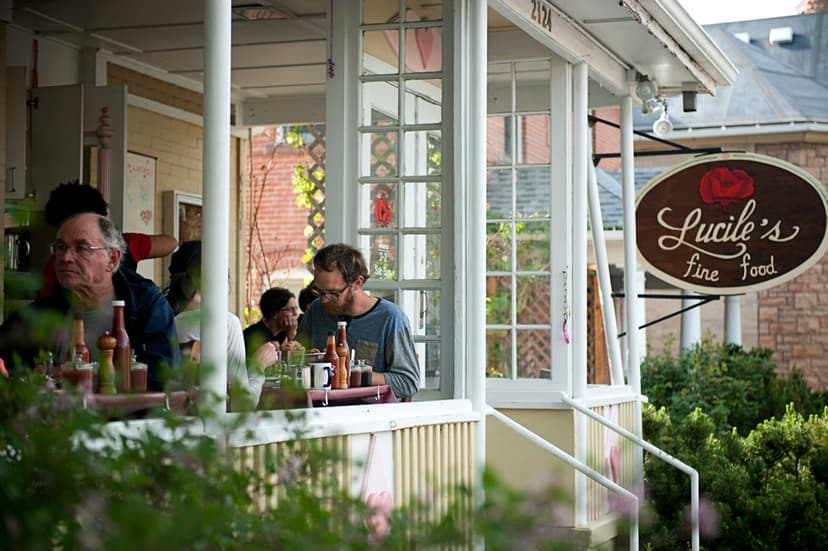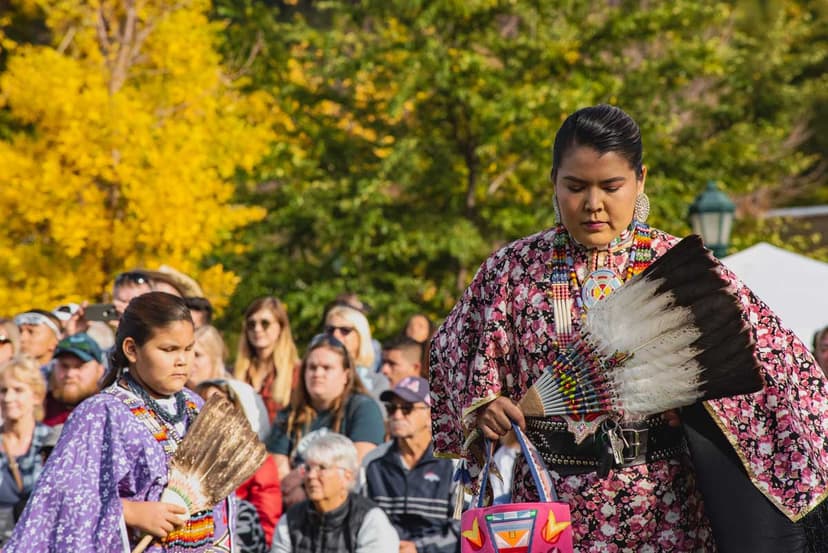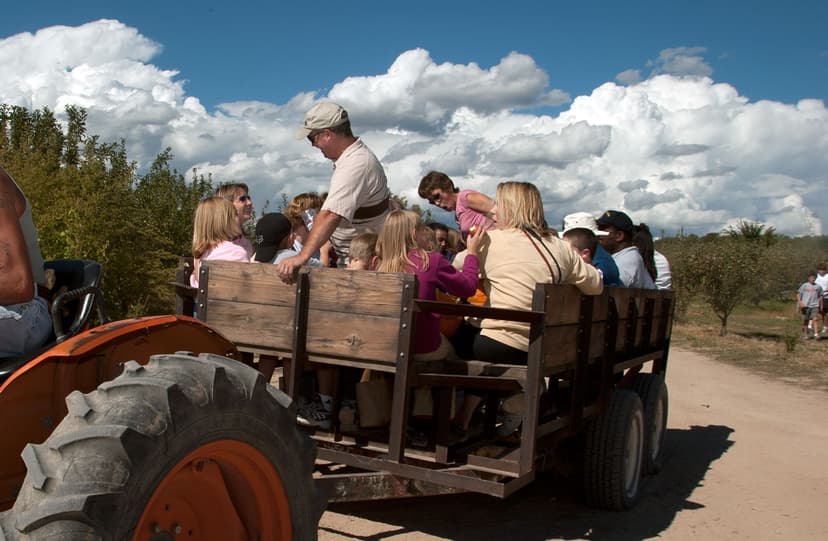Prime Fall Produce
Discover the flavors of fall by seeking out the top ingredients of the season. One of the most famous is the Pueblo green chile, known for its moderate-to-hot spiciness (comparable to a jalapeño) and slightly sweet taste. Grown in the sun-drenched soils of south-central Colorado, these chiles provide a kick and layer of complexity in stews, jams, burger patties, bread or even bruschetta.
To the east, Rocky Ford produces exceptionally juicy cantaloupe and watermelon that should not be missed. The area’s climate helps increase the fruit’s sugar content and enhance the sweetness. Cruise down Hwy. 50 and you’ll find roadside stands where you can pick them up and try for yourself. Surrounded by mountains on three sides, potatoes thrive in the growing conditions of the San Luis Valley, due to its rich volcanic soil and high elevation. Spuds from the region come in multiple varieties of russets, fingerlings, yellow, red and more — offering versatility for hearty fall dishes.
The famously fertile Western Slope is an agricultural gem with plenty to brag about. Olathe sweet corn’s notoriety extends far and wide, but this crop is truly a home-state treasure and only found here. The sugary, tender kernels are perfect for grilling, tossing into a salad and adding to salsa. Around Cedaredge, Hotchkiss and Paonia, orchards brim with an array of shiny apples. Whether eaten fresh, baked into pies or pressed into cider, you’ll love their bright flavor. And no list of Colorado produce is complete without mentioning succulent Palisade peaches, though they tend to be at their best in late summer.
Other fall crops to keep an eye out for include carrots, beets, kale, winter squash and pumpkin. Check out this Colorado produce calendar to see when each is at their peak.
Seasonal Menus at Top Farm-to-Table Restaurants
Chefs are drawn to Colorado for the chance to work with excellent producers, farmers, ranchers, artisans and their ingredients, creating inventive dishes that change with the time of year and are influenced by what’s available. Some offer multi-course tasting experiences, like Aurum Food & Wine in Breckenridge, where the menu is an evolving expression of the season, embracing what’s fresh and local for your culinary journey. With four courses plus an amuse-bouche, you’ll get a well-rounded mix of New American plates. In Aspen, Bosq — which has earned a Michelin One Star designation — is a prime example of how foraged ingredients from nearby mountains and streams can help tell the story of the surrounding environment, including mushrooms, roots and berries. Choose your own five courses from the menu or go for the full nine-course format that surprises and delights. At Ginger and Baker in Fort Collins, monthly chef’s table events are a more personal, rustic take on the farm-to-table ethos. You’ll gather in their Teaching Kitchen and watch as the chefs make a five-course meal while discussing what’s being prepared, which could include vibrant carrot bisque or delicately poached pears.
The emphasis on local sourcing is especially evident at places like Bramble & Hare in Boulder, whose chef Eric Skokan grows most of the restaurant’s produce and raised meats, including heritage pigs and chickens, on his own Black Cat Farm. At Mesa Winds Farm & Winery in Hotchkiss, savor meals plated with crops harvested at their peak from the on-site garden for optimal flavor. Sip a glass of wine made from grapes grown around you, take in the sweeping views of the West Elk Mountains and try new dishes from the frequently changing menu. The Farm Bistro in Cortez taps the agricultural community of Montezuma County to create comfort food with style, while using as much of the local bounty as possible. Sourcing from the region, the offerings range from crisp salads to burgers made with grass-fed meat from Cachuma Ranch. The Feedery at Grow + Gather in Englewood cuts the farm-to-fork distance down to mere feet, thanks to its rooftop greenhouse and hydroponic system. This urban farm also sources ingredients from a trusted local network and sells items in its market, including honey, mushrooms and cherries.
Other establishments that are sure to offer the best of fall’s bounty include Pêche. in Palisade, whose namesake peaches are frequently used in both sweet and savory plates — from cobbler for dessert to preserves slathered on brioche with foie gras. Colorado Springs’ Four by Brother Luck is redefining Southwestern cuisine by drawing inspiration from the farmers, fishers, hunters and gatherers of the Four Corners region. Among the many delicious compositions, don’t miss the rich Pueblo green chile with duck that’s warming and comforting on a crisp autumn evening. From the kale caesar to roasted beets and carrots, veggies are always treated with care on the often-rotating supper menu at Sunflower in Crested Butte. And don’t miss dishes like Chioggia beet “tartare” from Grand Junction’s Bin 707 Foodbar, which has racked up numerous accolades — including James Beard Award nominations — for its well-executed gastronomy and commitment to sustainability.
Farm-Fresh at the Source
Go beyond restaurants and have an unforgettable meal when you dine right at the source in Colorado. Several intimate dinner series bring the table literally to the farm, where chefs team up with the local growers to create swoon-worthy menus inspired by what’s currently available. Through these immersive outdoor experiences, you’ll connect with the land and the season, take in the beauty of idyllic settings and mingle with other food-lovers. The Farmette in Lyons brings in chefs like Hosea Rosenberg of Blackbelly Market in Boulder for an evening under the stars, surrounded by rustling cottonwood trees, flower gardens and a mountain stream. At Sunbeam Farm in Boulder, chef Juliette Wells serves a rustic, plant-forward spread that everyone enjoys together at one long table. The popular Meadow Lark Farm Dinners series is held at a variety of venues, including Aspen Moon Farm near Longmont, and is known for its communal atmosphere among the guests, chefs and farmers who all share a common passion. Because these meals are designed around the freshest ingredients possible, you often won’t know the menu until a few days before or even until you sit down — but the surprise is part of the fun with of-the-moment dining.
Want More?
Experience Colorado’s elevated dining scene
Discover farm and ranch activities in Colorado
Find Colorado fall festivals







